- Reputation—the experience you deliver and how people describe it
- Recognition—how your business looks and feels across your website, social media, and other touchpoints
In this article, we’ll explore both sides of the equation and show you how a strong brand—built on trust and reinforced through smart marketing—can help you stand out in a competitive market.
What “Brand” Means for a Guide

When most people hear the word “brand,” they think of a logo, maybe a catchy slogan, or a slick-looking website. And sure—those things matter. But for fishing guides and charters, your brand is much bigger than that. It’s the sum total of how people perceive you, both online and off the water.
Your brand is built every time you answer the phone, respond to a message, or take a client out for a day on the water. It’s reflected in your reviews, the stories people tell about their trip, and even how easy it is to find and book you online. A strong brand builds trust. It helps potential clients feel confident before they ever step foot on your boat.
In simple terms:
Your brand is both your reputation and your recognition. You need both working together to grow.
- Reputation earns loyalty and referrals.
- Recognition makes sure people remember you—and find you in the first place.
For small businesses like fishing charters, building brand awareness isn’t just about having a polished logo or a sharp-looking website. It’s about being intentional with how you show up, how you’re remembered, and how you’re talked about—whether it’s online, at the dock, or over drinks at the local bait shop.
Reputation: The Heart of Every Guide’s Brand
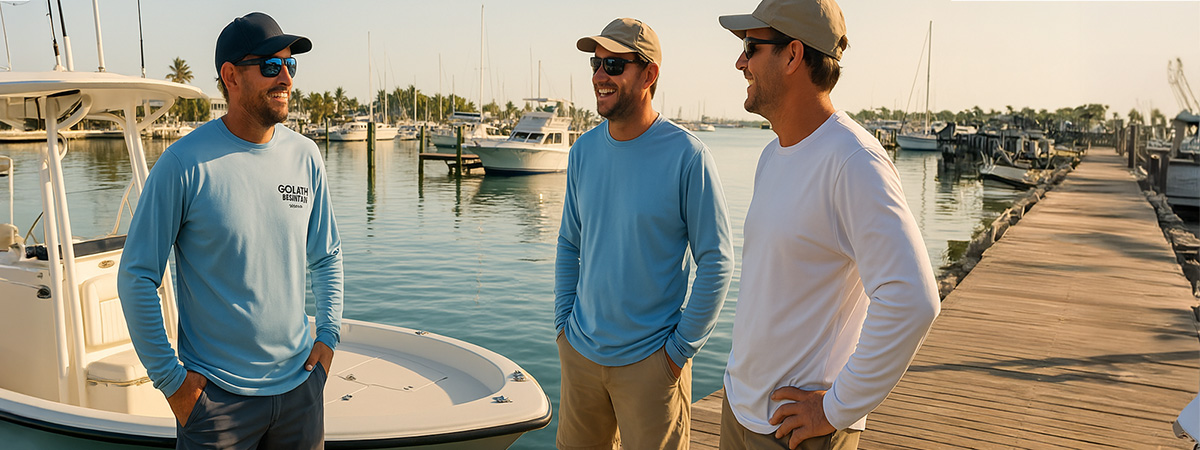
Let’s start with the part of your brand that no logo or website can replace: your reputation.
Reputation is built on the water, one trip at a time. It’s the feeling your clients leave with at the end of the day—and the stories they tell their friends afterward. It’s not just about catching fish (though that helps); it’s about how you treat people, how prepared you are, and how memorable the experience feels overall.
For many guides, this comes naturally. You work hard, you’re great with people, and your clients keep coming back year after year. But here’s the key: in today’s digital world, your offline reputation also needs to show up online.
That’s where reviews come in. When a potential client is researching guides, they’ll often hit Google or TripAdvisor before they ever visit your website. What they see there—especially the number and quality of your reviews—can make or break their decision to book with you. Responding to reviews (both good and bad) shows that you’re paying attention and care about your clients’ experiences.
Your reputation also matters within the guide community itself. Being respected by your peers—locally and beyond—can lead to more referrals, trip swaps, and even word-of-mouth bookings from folks who trust the people you fish alongside. Other guides talk, and your name carries weight whether you’re in the room or not.
In the end, your reputation is the foundation of your brand. It’s earned in person, then amplified online—and when it’s solid across both clients and peers, it becomes one of your most valuable assets.
Visual Presence: The Face of Your Brand
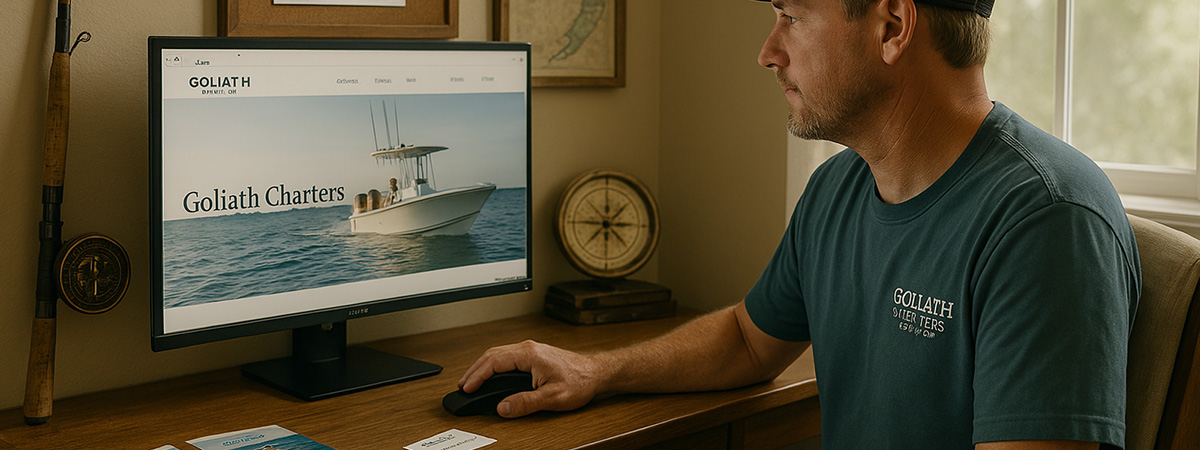
If reputation is how people feel about you, visual presence is how they recognize you. And in today’s world, how you look online matters more than ever. It’s not about being flashy—it’s about being clear, consistent, and confident in how you present yourself.
Think of your visual presence as the face of your business. It includes your logo, color palette, photography, social media posts, and—most importantly—your website. When these elements all feel like they belong together and reflect who you are as a guide, they help build trust before a client ever picks up the phone.
A professional website is one of the most important pieces of this puzzle. It’s often the first place someone lands when searching for a charter. And if it looks dated, confusing, or untrustworthy, they’re gone in seconds. On the flip side, a clean, mobile-friendly site that showcases your trips, tells your story, and makes it easy to book? That sticks. That converts.
Visual presence also plays out on social media. Your posts should reflect your personality, not just your catch rate. A great shot of a client smiling with a fish, a sunrise over your skiff, or a quick story in your caption can all reinforce the kind of guide you are—and the experience people can expect.
And here’s the thing: people remember what they see. If your name, logo, and vibe are showing up consistently across platforms, you become familiar. You become top of mind. That’s the power of a strong visual brand.
The Brand-Building Sweet Spot: Where Reputation & Recognition Work Together
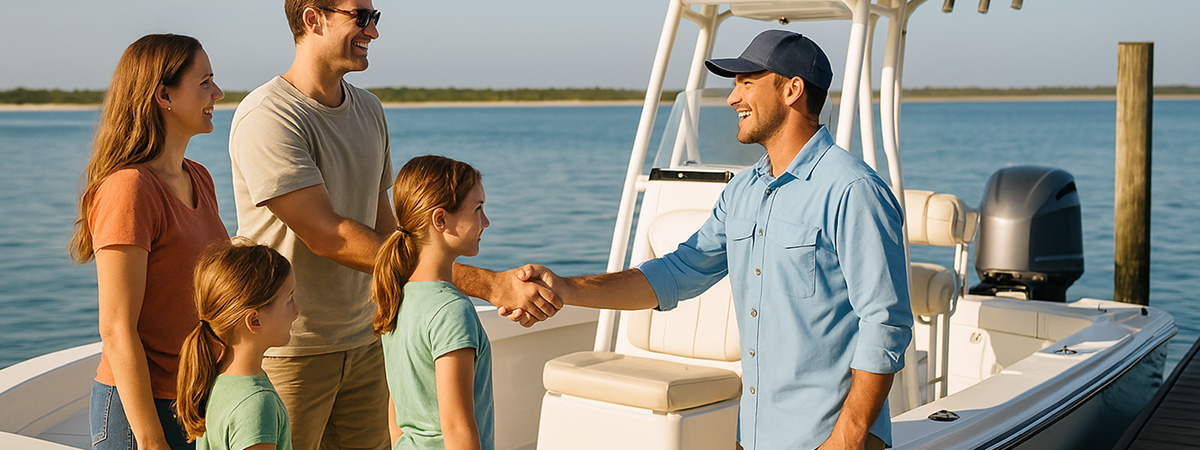
Strong branding doesn’t come from just a great reputation or a polished look—it comes from the intersection of both. That’s where the magic happens.
Let’s say you’ve got a killer website and your social media feed is dialed in. That’s great—but if your reviews are weak or your on-the-water experience is forgettable, it won’t hold up. On the flip side, if you’re an incredible guide with a loyal following but your online presence is nonexistent or outdated, you’re missing out on opportunities to grow.
To build brand awareness, you need reputation and recognition working together:
- Your reputation earns trust.
- Your visual presence reinforces it.
When someone hears about you from a friend, then looks you up and sees a professional, consistent, and welcoming brand—they feel confident. When a past client shares a photo from your trip, and that photo matches what someone sees on your website or Instagram, it strengthens their impression. This kind of alignment turns casual browsers into bookings.
That’s why brand awareness isn’t about choosing between good experiences and good marketing—it’s about making sure one supports the other. Together, they create a brand that spreads naturally and sticks with people.
Practical Tips to Build Brand Awareness
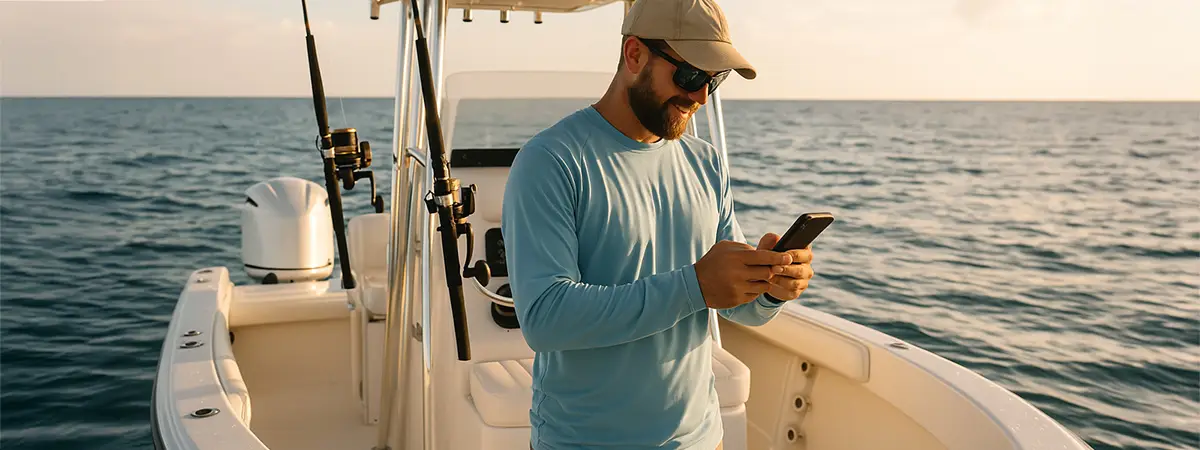
So what does building brand awareness actually look like in day-to-day terms? It doesn’t require a marketing degree—or a massive ad budget. It’s about showing up consistently, making the most of every interaction, and using the tools you already have to your advantage.
Here are a few practical ways to strengthen your brand and stay top of mind with both new and returning clients:
1. Deliver Great Experiences
This is always step one. Be on time. Be prepared. Read your clients and adapt. A smooth, enjoyable day on the water is still your best marketing tool.
2. Ask for Reviews—and Respond to Them
After a great trip, follow up with a thank you and a direct ask for a review. Make it easy. And don’t leave reviews hanging—respond with a quick note of appreciation. It shows you care and pays dividends in future bookings.
3. Invest in a Solid Website
Your website is your digital storefront. It should reflect who you are, what you offer, and make booking simple. A clean, mobile-friendly design that loads fast and tells your story can make a huge difference.
4. Post Regularly on Social Media
It doesn’t need to be daily—but consistency matters. Share photos, tell short stories, highlight client moments, and show the variety in your trips. Let people see your personality and what makes you different.
5. Be Consistent Across Channels
Use the same logo, voice, and general look across your site, social, and even your boat or business cards. When everything matches, it reinforces your identity and helps people remember you.
Remember: small, consistent actions build brand awareness over time. You don’t need to do everything perfectly—just stay active, stay real, and stay aligned with the experience you deliver.
Common Pitfalls

As you work to build brand awareness, it’s easy to fall into a few traps. These mistakes don’t just slow your growth—they can actively confuse potential clients or work against the reputation you’ve worked hard to build.
Here are some common missteps to watch out for:
1. Letting Branding Stop at a Logo
Having a logo is great—but it’s only one piece of the puzzle. A brand isn’t just a graphic, it’s the full experience: your message, your online presence, how you communicate, and how you’re remembered. Don’t stop short.
2. Ignoring Online Reputation
If you’re not asking for reviews—or not responding to them—you’re missing a major trust signal. Potential clients are looking. If they find silence, or worse, outdated info, they’re likely to move on.
3. Being Inconsistent Across Platforms
Your website says one thing, your Instagram says another, and your Facebook hasn’t been updated in six months. That inconsistency weakens trust and makes it harder for someone to get a clear sense of who you are.
4. Only Posting Fish Pics
Photos of big catches are great—but they don’t tell the full story. Mix in moments of the experience: the sunrise, the boat, the smiles, the setting. Show what makes your trips different.
5. Assuming Reputation Alone Will Carry You Forever
If you’re a truly top-tier guide and well-known in your area, chances are you’ll stay plenty busy—even if your website is outdated or your Instagram is hit-or-miss. But that’s the rare exception, not the rule. For most guides, especially those new or looking to grow or reach new audiences, a strong online presence is what turns a good reputation into consistent bookings. You don’t need to choose one or the other—your marketing should reflect the quality of the experience you already deliver.
Final Thoughts
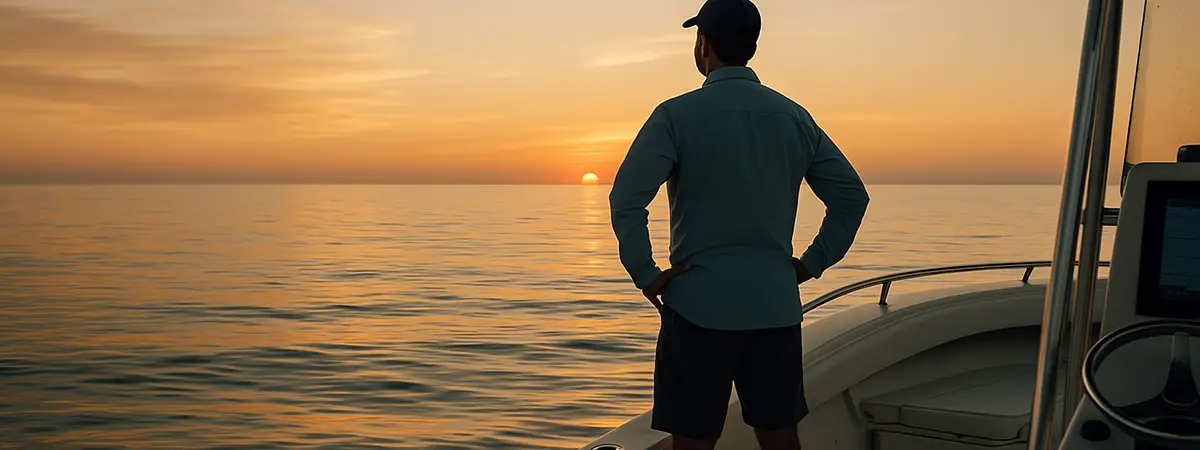
Every guide already has a brand—whether they’ve intentionally shaped it or not. It lives in your reviews, your reputation, your website, your social posts, and in every story your clients tell after a day on the water.
The goal isn’t to create something fake or overly polished—it’s to be intentional about how you’re seen and remembered. When your on-the-water experience matches the impression you leave online, that’s when your brand really starts to work for you.
You don’t need to be the flashiest guide or have the biggest following. You just need to show up consistently, deliver great trips, and present yourself in a way that reflects who you are. Over time, those small efforts add up to something big: trust, recognition, and a brand that brings in business without having to chase it.